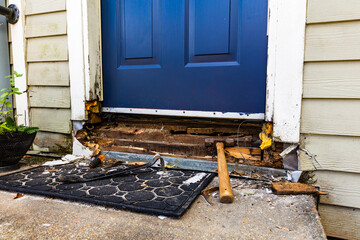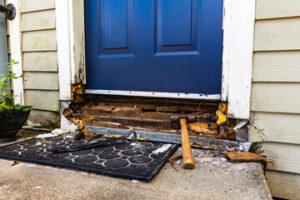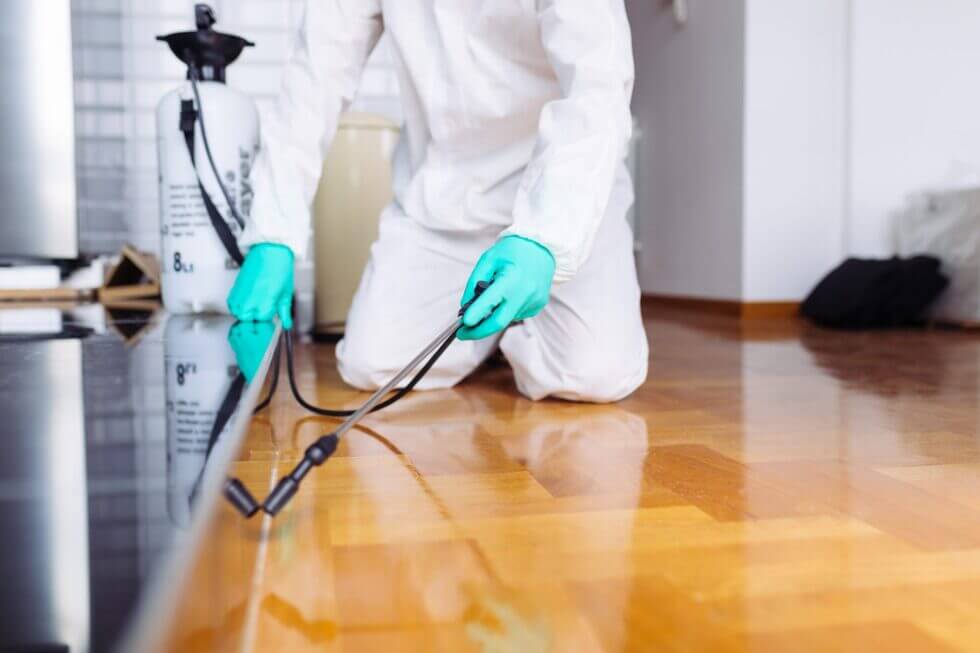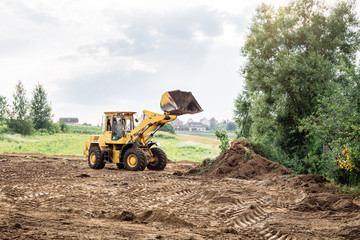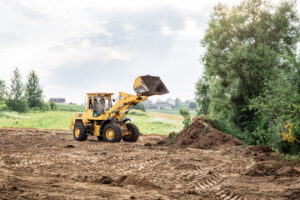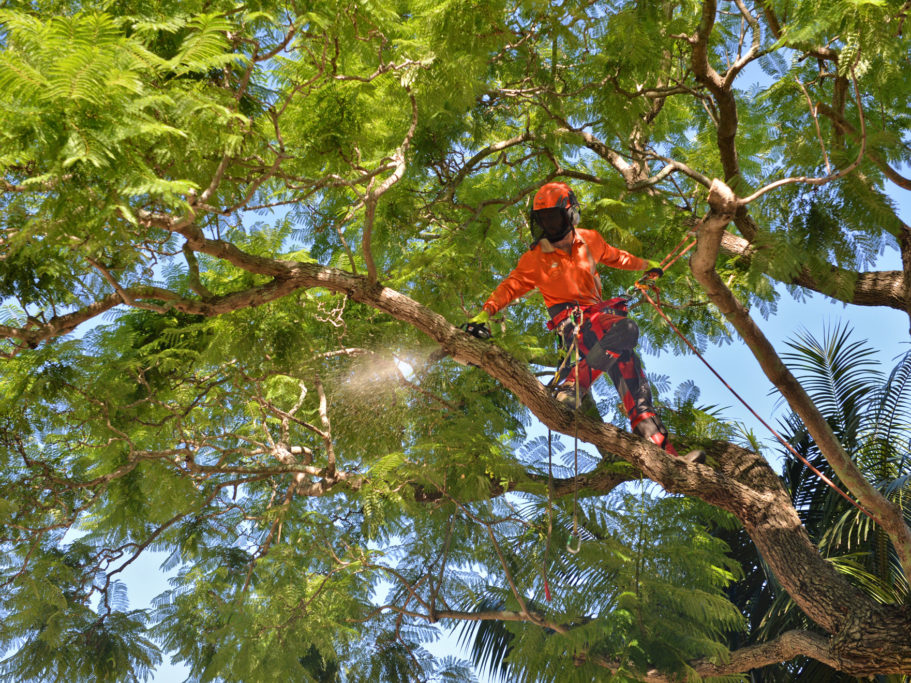Insulation Removal Perth is an important service that helps homeowners improve the thermal protection of their homes. It also removes harmful materials and can prevent structural damage.
Prior to insulation removal, the attic should be inspected for signs of mold, pests, or water leaks. Taking these precautions will help ensure that the process goes smoothly and quickly.

Insulation replacement can be a major home improvement project with a high price tag, but it is an investment that pays off in both energy savings and higher resale value. In fact, according to the Environmental Protection Agency, insulation costs are often offset in less than a year by reduced energy bills. Upgrading your attic with new insulation is an effective way to increase the energy efficiency of your entire house.
The cost of replacing insulation is based on many different factors, but the most significant is the condition of the old insulation and any associated hazard or risk. Moldy or contaminated insulation can require special precautions and disposal procedures that drive up the total cost. In addition, if the old insulation is contaminated with hazardous materials such as asbestos or vermiculite, additional safety and disposal fees will be involved.
Depending on the type of insulation, removal cost may also vary. Blown-in insulation is more difficult to remove than batt or roll insulation, as it is typically bonded to the attic ceiling and wall framing. Blown-in insulation also tends to be denser, meaning it can be harder to vacuum out of the attic space.
In most cases, removing blown-in insulation will require a professional machine to keep the materials contained until they are removed from your attic. For this reason, it is typically more expensive than removing traditional batt or roll insulation.
Before beginning any type of attic insulation replacement, the attic must be cleaned to remove any debris and any items that might get blown into the new insulation as you work. Once the attic is clean, you will need to prepare a path from your home to the attic access door by clearing a path and covering the area with a protective material. Once you have all of the equipment in place, you can begin the process of removing the attic insulation.
Begin by removing staples that hold the insulation in place. Then, roll up each piece of insulation by hand and place it into a waste bag. Continue this process until the attic is completely free of all loose insulation.
Types
Insulation is a great way to increase the energy efficiency of your home, but over time it may become damaged or outdated. When this occurs, it’s important to have the insulation removed and replaced with new materials to ensure your home is safe and comfortable. Old and damaged insulation can trap dust, allergens, and pests, which can lead to health issues for your family. Additionally, it can reduce air quality and increase your heating and cooling costs.
There are many different types of insulation, including fiberglass batts, cellulose, and spray foam. Each type of insulation needs to be removed differently, and each requires specific safety precautions. For example, asbestos-containing insulation must be handled with care and decontaminated before being removed. Fiberglass insulation can release small particles into the air when ripped or broken, so it’s important to wear a mask and protective clothing while working in the attic. It’s also a good idea to turn off your HVAC system before starting to prevent the spread of dust and debris.
Before starting the removal process, you should clear out the attic space and create a workspace. This will help to protect personal belongings and make it easier to access the attic. You should also use plastic sheets or tarps to cover furniture and seal off vents. Finally, you should shut off your furnace and other appliances to prevent any debris from spreading throughout the home.
Once the attic is clear, it’s time to start the insulation removal process. First, the contractor will check for any signs of pest infestation or moisture damage. Wet insulation is a major problem, as it can lead to mold growth and rot. It can also decrease the effectiveness of your insulation and pose a structural risk to the home.
In addition, old insulation can be contaminated with a variety of pollutants, from rodent droppings to hazardous chemicals used in firefighting. These contaminants must be removed before the attic can be used as a living area again. In some cases, these contaminants can also be ingested or inhaled, which can cause serious health problems.
Safety
Insulation needs to be replaced or repaired when it becomes worn or damaged. Damage can result from pests, moisture, and other factors that impact air quality. Additionally, old insulation can be a health hazard if it contains contaminants such as mold and animal feces. This is why it is important to take proper safety measures when performing insulation removal and replacement services.
The first step in this process is to identify the type of insulation present. This will help the contractor determine the best method for removing it. Some types of insulation require special disposal procedures, which may be more complicated than others. Once the type of insulation has been identified, a plan can be created for removing it without damaging the walls or other parts of the structure. This is also an opportunity to address any other issues that may be present, such as mold or pest droppings.
During the actual removal process, it is vital to wear appropriate personal protective equipment. This includes a respirator, coveralls, and goggles. It is advisable to have a flashlight, as well, so that the work area can be properly illuminated. In addition, a vacuum hose designed for insulation removal is necessary to ensure the best results. It is also important to place waste bags or containers nearby to collect the debris as it is removed.
Another challenge during the removal process is dealing with obstructions, such as pipes, wires, and ductwork. These can be difficult to access and may pose a danger if not handled properly. It is also critical to adhere to local regulations regarding the disposal of asbestos and other hazardous materials. Professional insulation removal companies should have a clear understanding of these regulations and should follow them closely.
After the old insulation has been removed, it is crucial to clean and sanitize the work area. This will help prevent any contaminants from spreading throughout the house and improve air quality. The contractor can then use a variety of tools to seal any gaps and cracks in the walls and other areas of the property.
Hiring a Contractor
Choosing a professional contractor will ensure you get the best results. It will also save you money in the long run. Whether you need spray foam insulation or blown-in cellulose, a professional can install the proper amount of insulation to meet your needs. They will also ensure that your home is air sealed so that you can save money on utility bills.
Hiring a professional will also help you avoid potential health hazards. It is important to hire a contractor that understands how to handle materials like asbestos, as well as dust and other pollutants that can be present during the insulation removal process. This will minimize the risk of contaminants spreading throughout your house and exposing you to harmful pathogens.
Insulation professionals are trained to safely remove the old insulation without causing damage to the attic or other parts of your home. They can also perform a thorough assessment to identify any issues that may arise during the insulation removal process. They will then determine the best course of action to avoid any complications or delays.
It is also important to hire a contractor that is licensed in your area. This will ensure that they follow all local regulations and are aware of any hazardous materials that may be present in your attic. It is also a good idea to check the contractor’s references to see what past clients have said about their work.
A professional will be able to provide you with an estimate of how long it will take to do the job. This will help you prepare for any disruptions to your daily routine and plan accordingly. For example, if you’re planning on installing a new attic insulation, it will be a good idea to make arrangements for temporary living accommodations.
It is also important to note that the time it takes to install insulation varies depending on the type of material used. Generally, it will take less time to install foam than batt or rolled insulation. However, if you’re working with loose-fill insulation, it will take longer because it requires more effort to install.




